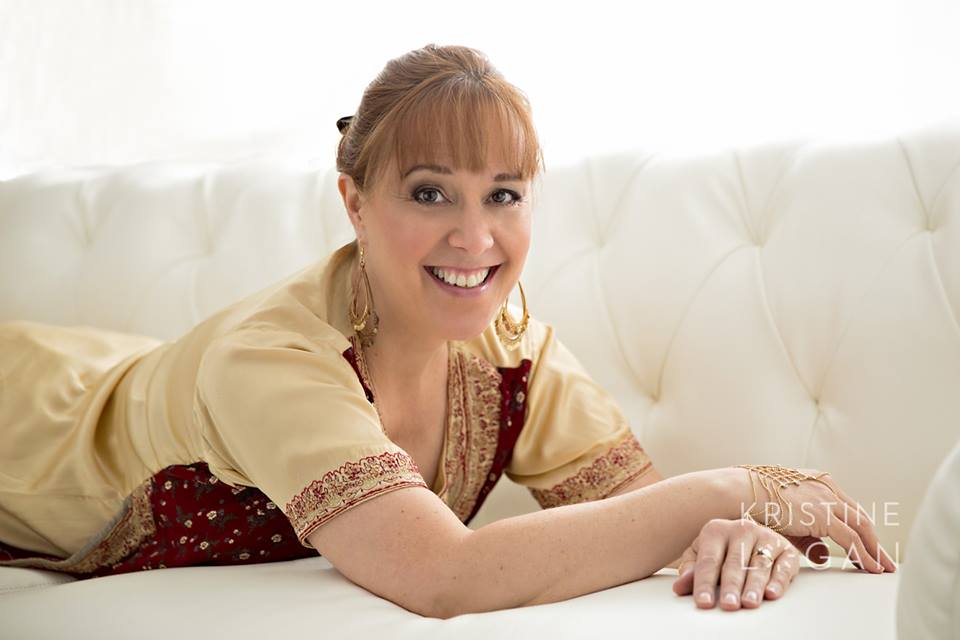Working “In the Round”

for The Just So Stories, Lorraine Knox
Theatre “in the round” has been, well, around for millenia, dating all the way back to ancient Rome. Although proscenium stages (stages framed at the front by a large curtain, which can be closed) are the “norm” in contemporary theaters, many stages have been built specifically for in-the-round performances, including the nearby Wagon Wheel Playhouse in Warsaw, Indiana. Many other theaters have the ability to be configured in the round at times. The PPG ArtsLab, afO’s new home stage, is one of those theaters.
The term ‘in the round’ is a bit of a misnomer. It does not mean that the stage must always be round, but instead means that the audience is surrounding the stage on all sides. In our case, the stage is actually a rectangle, and there are both benefits and challenges presented when using the space in this way.
One of the benefits of staging a play in this configuration is that more of the audience gets to be closer to the action on stage. This also allows the audience to see each other, instead of only seeing the backs of heads, creating an environment in which the audience members are more participants than mere spectators.
One of the biggest challenges, of course, is the movement of the actors on the stage. At all times during the performance the actor’s back will be toward at least one section of the audience. This means that the actors not only have to project their voices more, and enunciate their words better, but they also have to keep moving. Stage pictures that are created during rehearsals need to be viewed from all sides, and the actors have to be acutely aware of their positions on stage so as to not block the audience’s view of other actors, at least not for long periods of time.
Directing actors in the round can be confusing…how does one designate where to move? “Right, left, up and down,” the usual terms used in blocking a scene, are too ambiguous when working in the round. For The Just So Stories, we used compass directions (north, south, east and west), and found that it worked very well.
Another challenge is that scenery must be minimal. There cannot be any large walls or doors or any other tall object to obstruct the view–including too much or the wrong kind of furniture.
The Just So Stories is a play that lends itself quite well to being done in the round. The scenery is limited, even though the settings are many and varied. The actors will be creating some elements of each setting and the audience will get to participate by using their imaginations to complete the picture.
We have worked hard in rehearsal to overcome the obstacles that performing in the round present,and hope that it will be an exciting and memorable theater experience for our audiences.
